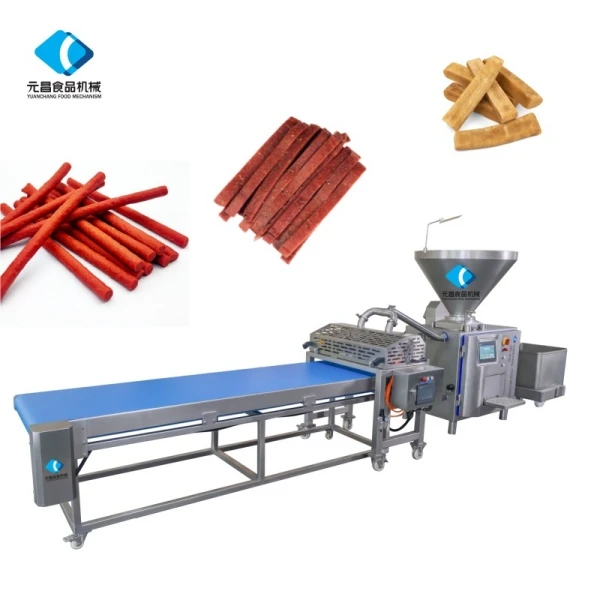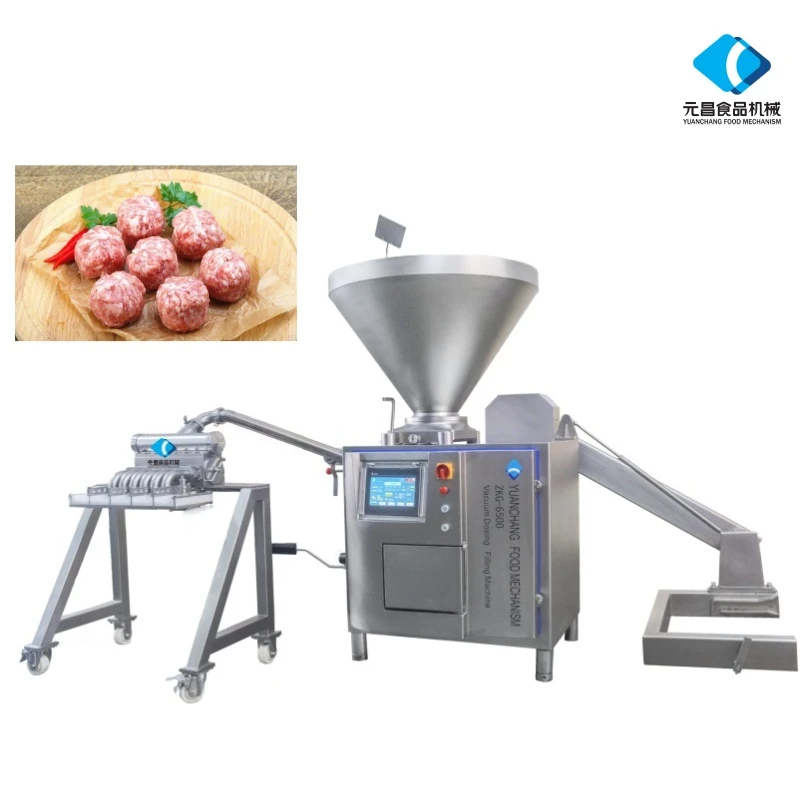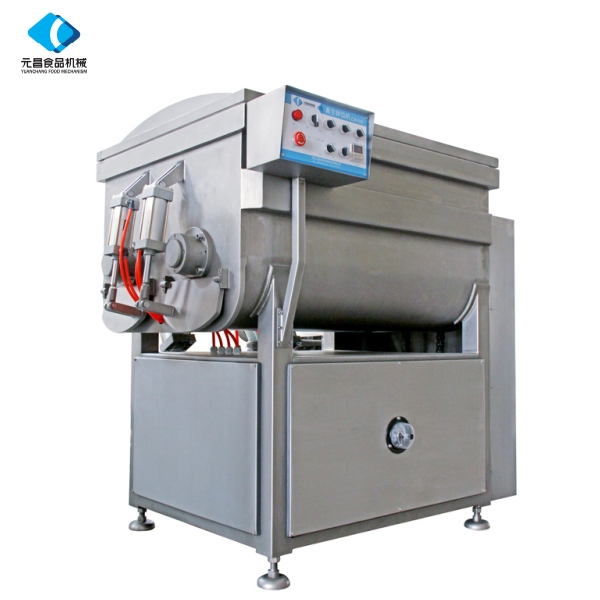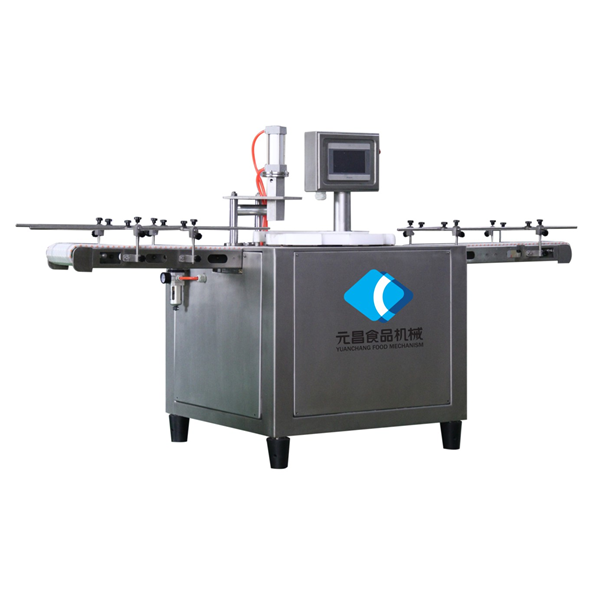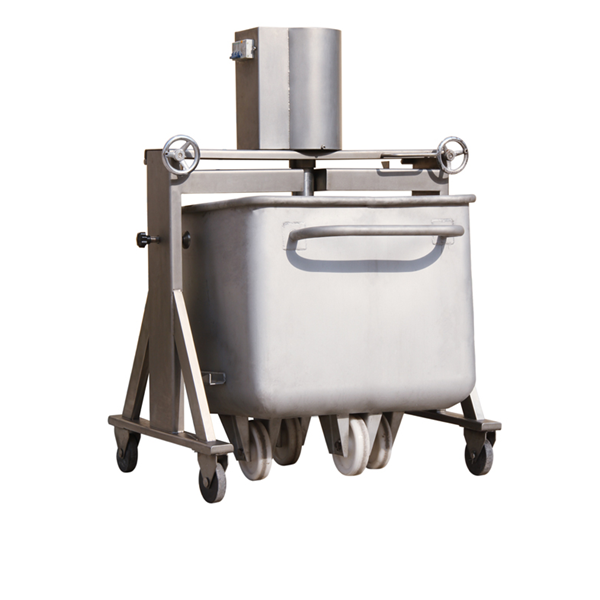- Afrikaans
- Albanian
- Amharic
- Arabic
- Armenian
- Azerbaijani
- Basque
- Belarusian
- Bengali
- Bosnian
- Bulgarian
- Catalan
- Cebuano
- chinese_simplified
- chinese_traditional
- Corsican
- Croatian
- Czech
- Danish
- Dutch
- English
- Esperanto
- Estonian
- Finnish
- French
- Frisian
- Galician
- Georgian
- German
- Greek
- Gujarati
- haitian_creole
- hausa
- hawaiian
- Hebrew
- Hindi
- Miao
- Hungarian
- Icelandic
- igbo
- Indonesian
- irish
- Italian
- Japanese
- Javanese
- Kannada
- kazakh
- Khmer
- Rwandese
- Korean
- Kurdish
- Kyrgyz
- Lao
- Latin
- Latvian
- Lithuanian
- Luxembourgish
- Macedonian
- Malgashi
- Malay
- Malayalam
- Maltese
- Maori
- Marathi
- Mongolian
- Myanmar
- Nepali
- Norwegian
- Norwegian
- Occitan
- Pashto
- Persian
- Polish
- Portuguese
- Punjabi
- Romanian
- Russian
- Samoan
- scottish-gaelic
- Serbian
- Sesotho
- Shona
- Sindhi
- Sinhala
- Slovak
- Slovenian
- Somali
- Spanish
- Sundanese
- Swahili
- Swedish
- Tagalog
- Tajik
- Tamil
- Tatar
- Telugu
- Thai
- Turkish
- Turkmen
- Ukrainian
- Urdu
- Uighur
- Uzbek
- Vietnamese
- Welsh
- Bantu
- Yiddish
- Yoruba
- Zulu
food processing machine
In the ever-evolving world of food technology, food processing machines have revolutionized the way we prepare, preserve, and package our meals. These advanced devices are designed to enhance efficiency, safety, and sustainability in food production, ensuring that high-quality products reach consumers. To truly appreciate the impact of food processing machines, one must explore their applications, benefits, and the technology behind them, providing insight into why they're indispensable in both commercial and domestic settings.
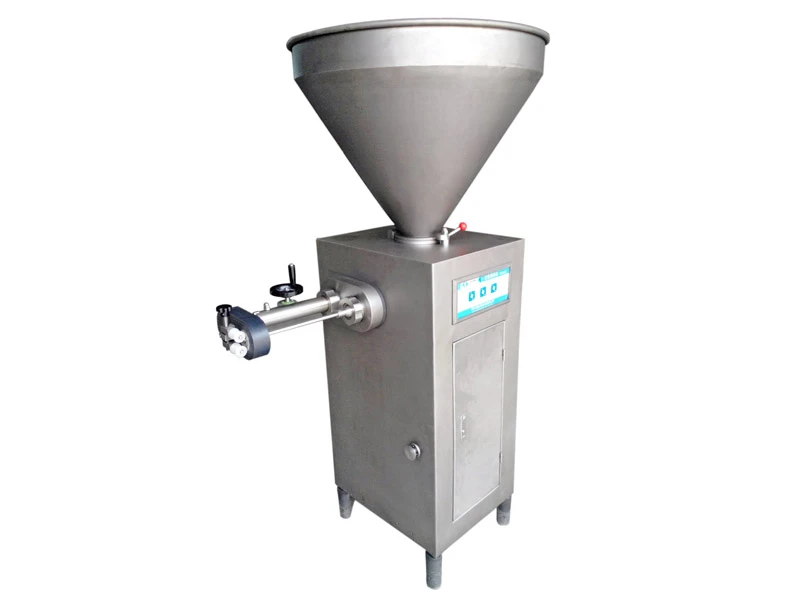
Food processing machines come in various forms, catering to different aspects of food production. Some of the most common types include mixers, slicers, grinders, and blenders. Each machine serves a specific purpose, enabling businesses to streamline operations. For instance, mixers ensure a consistent blend of ingredients, crucial in the bakery and confectionery sectors. Similarly, grinders help in producing uniform meat cuts essential for packaged foods and gourmet recipes.
The expertise behind these machines lies in their engineering. Food processing machines are crafted with precision, often using stainless steel and other food-grade materials that comply with international safety standards. This ensures not only the durability of the machines but also the hygiene of the processed food. With advanced features like programmable settings, automatic feeding systems, and high-speed operations, these machines are a testament to innovation in food technology. Their design incorporates user-friendly interfaces, making it easier even for those with limited technical knowledge to operate them efficiently.
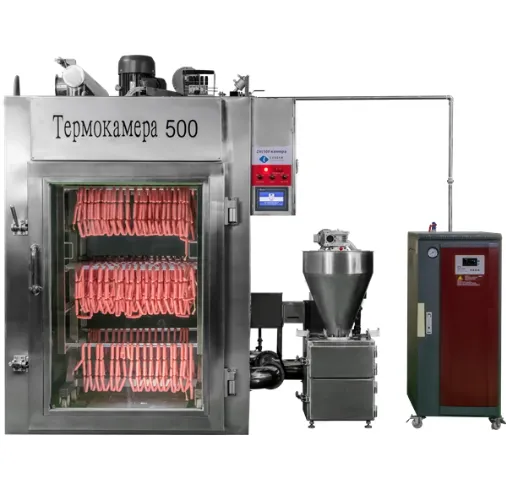
Authoritativeness in this field is demonstrated by the manufacturers and engineers who continually study and understand global food trends and safety regulations. These experts conduct rigorous testing to guarantee that each machine delivers optimal performance while adhering to health guidelines. The research behind the development of food processing machines often involves collaborations between food scientists, nutritionists, and mechanical engineers, ensuring that they meet consumer expectations for both quality and safety.
food processing machine
Trustworthiness in food processing machines is showcased through certifications from food safety authorities and positive testimonials from industry professionals. Many machines undergo comprehensive inspections and must adhere to the guidelines of organizations like the FDA, ISO, and HACCP. This certification process instills confidence in users, knowing that the machinery will protect against contamination and maintain food integrity throughout its shelf life.
A significant experience that underscores the importance of food processing machines is their role during the global pandemic. As the demand for pre-packaged, ready-to-eat meals soared, these machines enabled manufacturers to up-scale production swiftly without compromising on safety standards. Their adaptability allowed producers to diversify their offerings, introducing new meal options that catered to changing consumer preferences. This adaptability is crucial in today's market, where trends are constantly shifting, and consumer demands are increasingly evolving towards niche dietary preferences and environmentally-friendly packaging.
Moreover, the integration of smart technology in modern food processing machines, such as IoT and AI, has further enhanced their functionality. Machines can now monitor their own performance, predict maintenance needs, and optimize energy consumption, benefiting both the manufacturer and the environment. This technological advancement not only reduces operational costs but also aligns with the global push towards sustainable production practices.
Investing in high-quality food processing machines can transform food production by bringing unparalleled efficiency and consistency. For businesses seeking an edge in the competitive food industry, leveraging the latest in processing technology is non-negotiable. It's not just about keeping up with demand; it's about setting new standards for what consumers can expect in terms of taste, safety, and quality. As technology advances, those who embrace these machines will likely lead the charge in shaping the future of food processing.
-
Glass Container with Plastic Vented Lid - Hebei Yuanchang Food Mechanism & Technology Co., Ltd.NewsAug.16,2025
-
Commercial Frozen Meat Slicer - Effortless & Precision CutsNewsAug.16,2025
-
Glass Container with Plastic Vented Lid - Hebei Yuanchang Food Mechanism & Technology Co., Ltd.NewsAug.16,2025
-
Glass Container with Plastic Vented Lid - Hebei Yuanchang Food Mechanism & Technology Co., Ltd.NewsAug.16,2025
-
Glass Container with Plastic Vented Lid - Hebei Yuanchang Food Mechanism & Technology Co., Ltd.|Durable Food Storage Solutions&Customizable DesignNewsAug.15,2025
-
Vacuum Bowl Cutter ZKZB-125: Food Processing Machine&304 Stainless SteelNewsAug.15,2025





